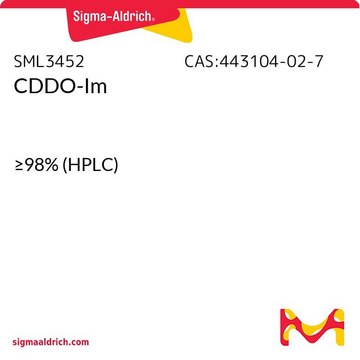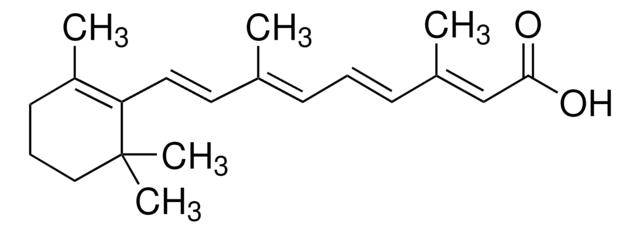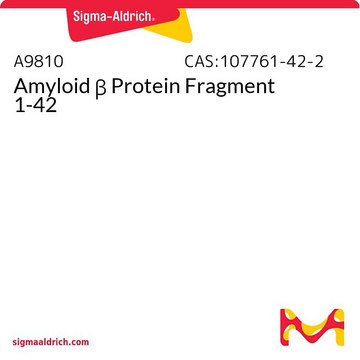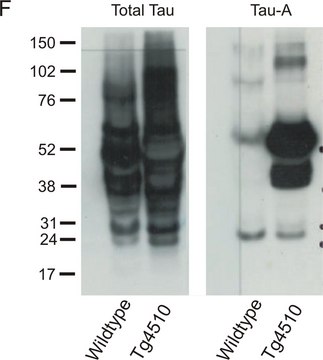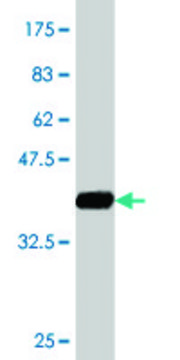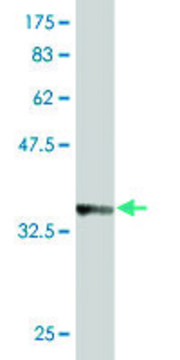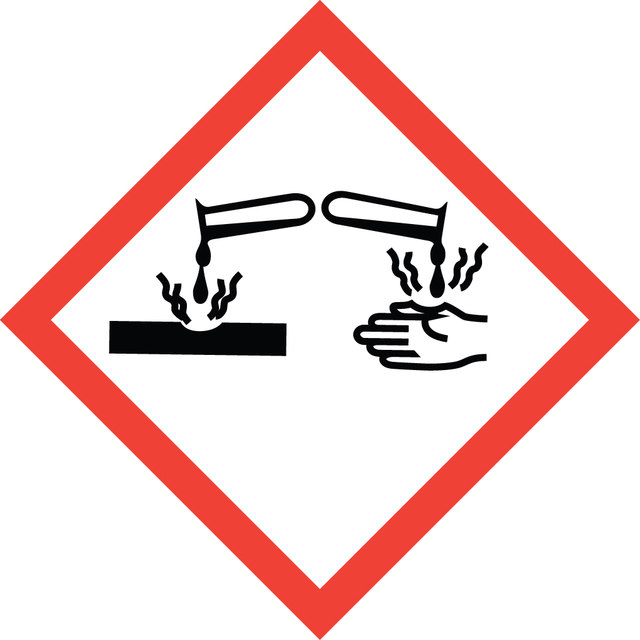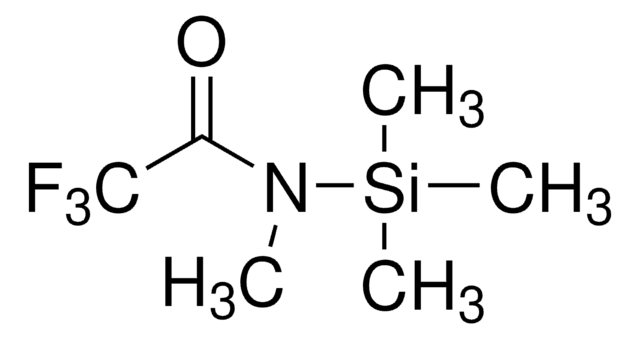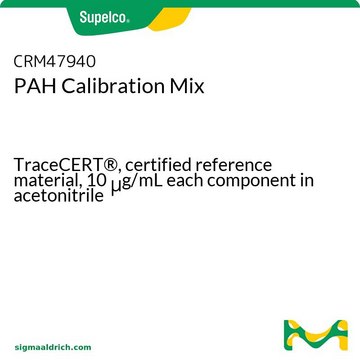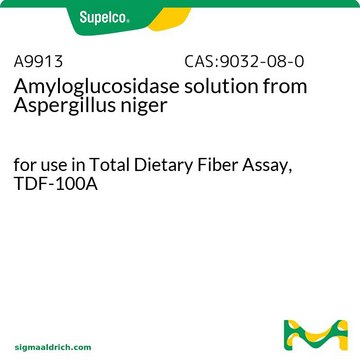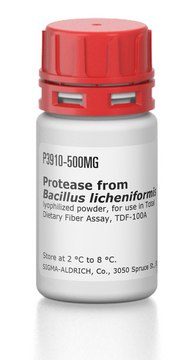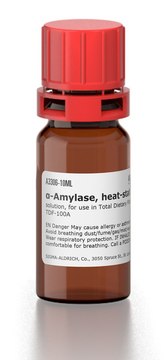52732-U
Multi-Layer Silica Gel SPE Tube
configured for US EPA Method 8290, PTFE frit, glass hardware, volume 6 mL, pk of 30
Synonym(s):
Glass Silica Gel SPE (for EPA 8290), 6 mL
About This Item
Recommended Products
material
PTFE frit
glass hardware
Quality Level
composition
bed A, 0.1 g (silica)
bed B, 0.2 g (basic silica (2% KOH coated))
bed C, 0.4 g (acidic silica (22% H2SO4 coated))
bed D, 0.2 g (silica)
packaging
pk of 30
technique(s)
solid phase extraction (SPE): suitable
volume
6 mL
application(s)
food and beverages
compatibility
configured for US EPA Method 8290
General description
The sample clean-up employed in EPA Method 8290 requires a series of hand-packed glass chromatography steps involving: 1) a mult-layer silica gel class column, 2) a sodium sulfate/alumina glass column, and 3) a multi-layer celite 545-activated carbon glass column.
Cat. No. 52732-U can be used in place of the required multi-layer silica gel glass column, and Cat. No. 52733-U can be used in place of the required multi-layer celite 545-activated carbon glass column.
Note that the bed weights packed into these SPE tubes are smaller than what is described in EPA Method 8290. Therefore, to use these SPE tubes, sample volumes need to be scaled down accordingly.
1 of 4
This Item | SAB1405078 | WH0008546M6 | SAB1404401 |
|---|---|---|---|
| species reactivity rat, mouse, human | species reactivity human, rat | species reactivity human | species reactivity human |
| antibody form purified immunoglobulin | antibody form purified immunoglobulin | antibody form purified immunoglobulin | antibody form purified immunoglobulin |
| conjugate unconjugated | conjugate unconjugated | conjugate unconjugated | conjugate unconjugated |
| clone 1B9, monoclonal | clone 1B11, monoclonal | clone 3B4, monoclonal | clone 2F5, monoclonal |
| Gene Information human ... ATL1(51062) | Gene Information human ... ATL1(51062) | Gene Information human ... AP3B1(8546) | Gene Information human ... SPAST(6683) |
| biological source mouse | biological source mouse | biological source mouse | biological source mouse |
Signal Word
Warning
Hazard Statements
Precautionary Statements
Hazard Classifications
Eye Irrit. 2 - Met. Corr. 1 - Skin Irrit. 2
Storage Class Code
8A - Combustible corrosive hazardous materials
WGK
WGK 1
Flash Point(F)
Not applicable
Flash Point(C)
Not applicable
Choose from one of the most recent versions:
Certificates of Analysis (COA)
It looks like we've run into a problem, but you can still download Certificates of Analysis from our Documents section.
If you need assistance, please contact Customer Support
Already Own This Product?
Find documentation for the products that you have recently purchased in the Document Library.


